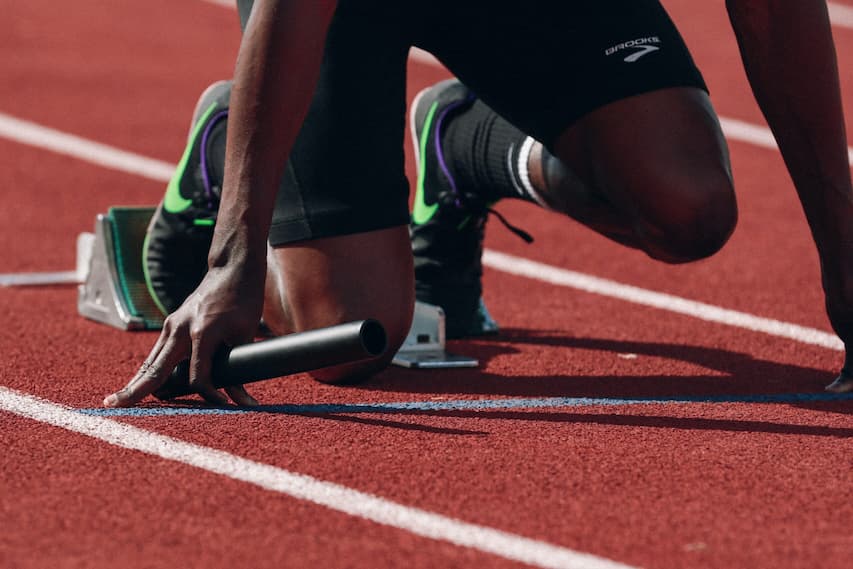
This article is for you if you have already decided to pursue your Professional Engineering License in Mechanical HVAC & Refrigeration or Thermal & Fluids Systems and are figuring out how to get started. Here are 10 steps to get started toward your PE.
Gather State Board Requirements
Before diving into your studies, determine the specific requirements for the state where you plan to obtain your license. Some states require candidates to apply and receive approval before sitting for the exam. Others allow candidates to take the exam anytime, even before meeting the experience requirements, with the application process completed later. To find out your state’s requirements, check the map we’ve created or visit your state board’s official website through the NCEES website.
Describe Your Experience
In states that require pre-approval, describing your experience can be the most challenging part of the application. Focus on design work or interactions with the design process, such as drawings, calculations, analyses, or technical recommendations made under a PE’s guidance. If you collaborate with PEs or have PEs reporting to you, include these interactions. Write in the first person (“I” instead of “We”) and emphasize the technical aspects of your role while lightly touching on other tasks.
Approach Your References
Reach out to your references early to confirm their willingness to endorse you. Early communication helps them prioritize your request. While PE references are preferred, many states allow non-licensed professionals—like direct managers or key colleagues—to serve as references if they know your work well. Ensure your references understand your work history and professional reputation.
Ask for Support
Schedule a conversation with family, friends, colleagues, and managers to share your goal of earning your PE license. Explain why this goal matters to you and ask for their support. This support might include extra time or flexibility at home or work to meet your study goals.
Download the Exam Specification and Reference Handbook
You can download the exam specifications for your discipline from the NCEES website. After creating a MYNCEES login, download the latest version of the reference handbook. Since the PE exam is a closed-book computer-based test, the reference handbook will be your only resource on exam day. Familiarize yourself with its contents and navigation.
Purchase an Approved Calculator
Get your calculator early in your study process to become comfortable using it before exam day. NCEES-approved models include:
- Casio: All fx-115 and fx-991 models (must include “fx-115” or “fx-991” in the name).
- Hewlett Packard: HP 33s and HP 35s models.
- Texas Instruments: All TI-30X and TI-36X models (must include “TI-30X” or “TI-36X” in the name).
Set Up Your Study Space
Choose a dedicated study area. If studying at home, pick a space separate from where you do personal tasks or remote work to minimize distractions. This setup allows you to leave materials out between sessions, saving time and enabling shorter, more frequent study periods, which can be more effective than long sessions.
Draft a Study Schedule
Plan a high-level study schedule that outlines your daily and weekly study hours over 16 to 24 weeks. Allocate 200-250 hours if studying independently with written materials. If using a structured program, plan for 100-150 hours, depending on your background and experience.
Practice Optimal Self-Care
Success in any major challenge, including earning your PE license, relies on a solid foundation of self-care. Ensure adequate sleep, exercise, nutrition, and recovery. Limit distractions, particularly from smartphones. Evaluate whether adjustments to your routine can enhance your progress and enjoyment of the study process.
Choose Your Study Resources
When you’re ready to commit, consider enrolling in the Full Access Bundle, a comprehensive study program with a proven track record. This program ensures success while reducing frustration and making studying gratifying. Complement the bundle with the NCEES practice exam, the only official sample material available. While the MERM is an excellent supplementary resource, it’s optional for candidates who use the Full Access Bundle and NCEES practice exam.
Conclusion
PE candidates aiming to pass the Mechanical PE Exam should start by gathering state-specific requirements, preparing their application, and building a structured study plan. With the right resources, a strong support system, and a focus on self-care, you’ll be well-equipped to succeed. And you have 10 steps to get started toward your PE!
If this article helped you, I’d be honored to support you on your journey toward professional licensure. To learn more about the process and our programs, contact [email protected].

Good morning Dan,
Will you have a mechanical pe exam prep for MDM-Machine Design & Materials?
Hey Ryan, Eventually yes! But right now I’m working on a Fundamentals portion for the Mechanical FE exam which will have most of my attention for 2024. But shoot me an email anyway and let’s see if we can’t put our heads together on how to handle MDM prep. [email protected]